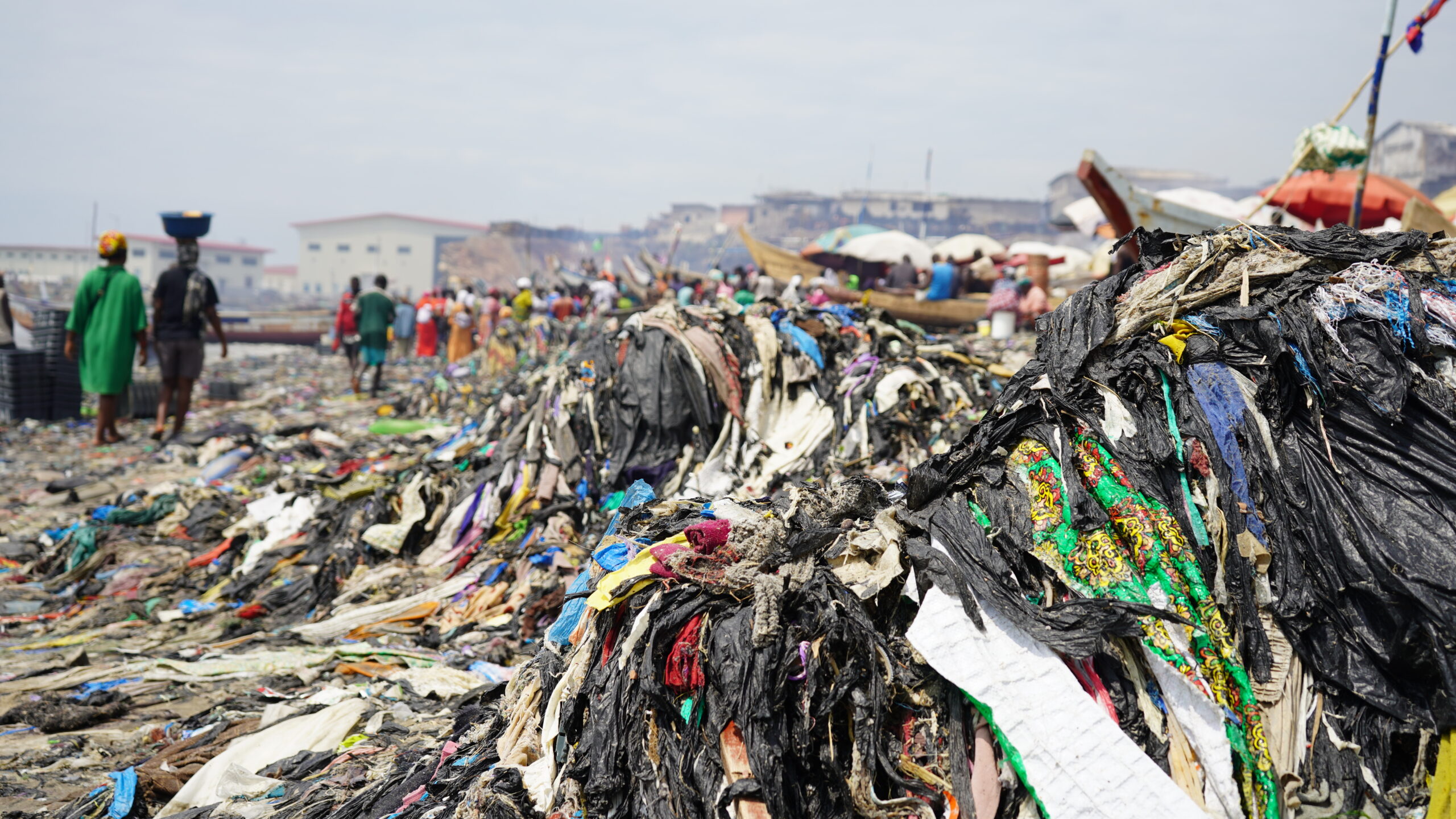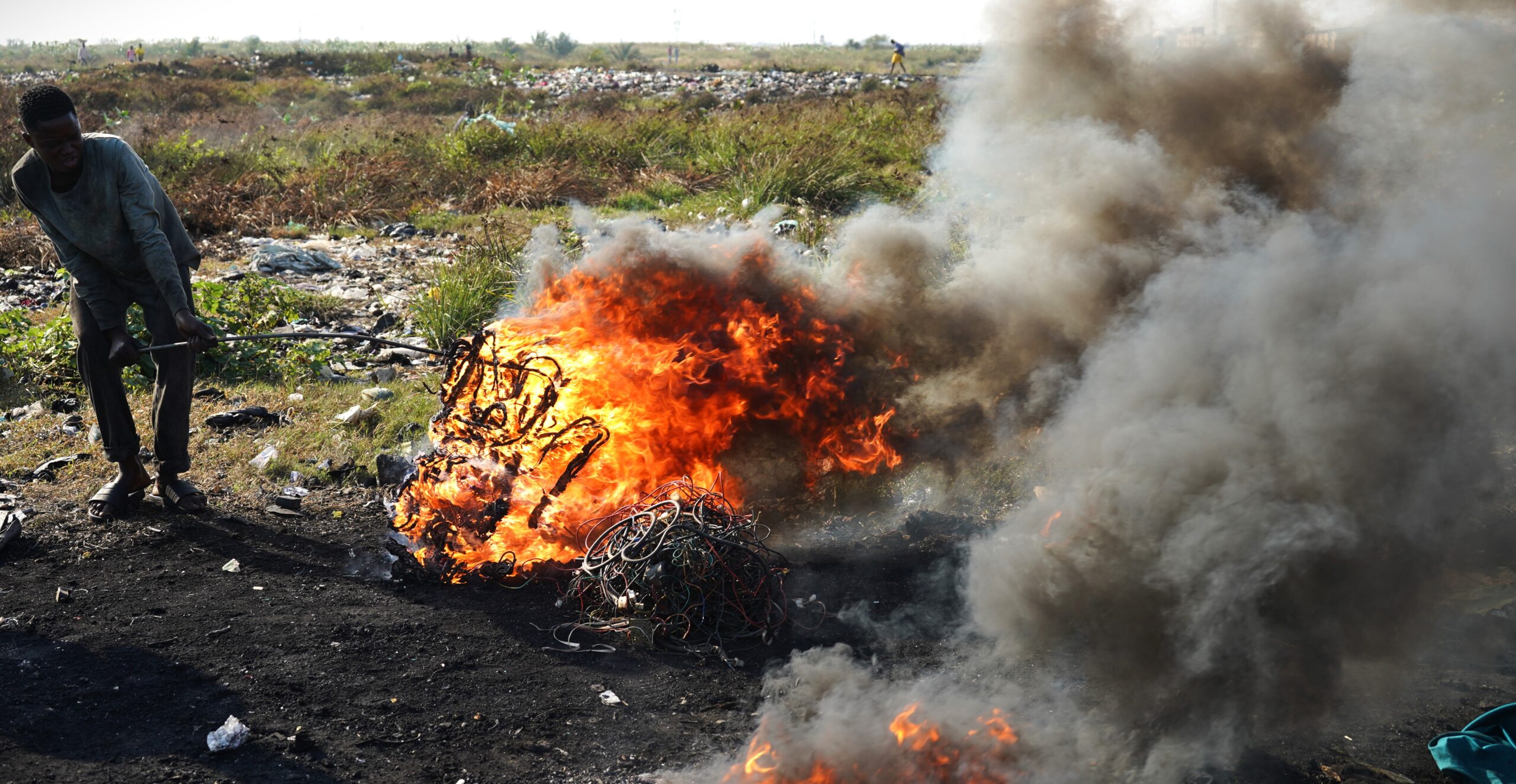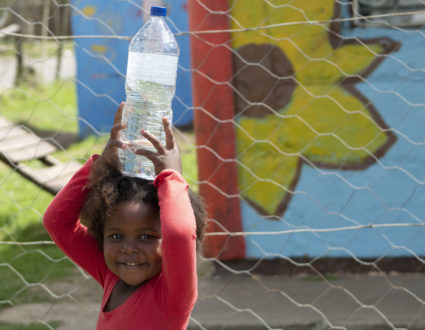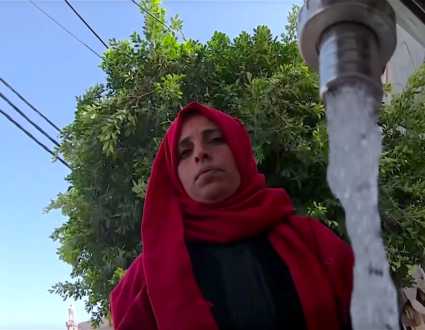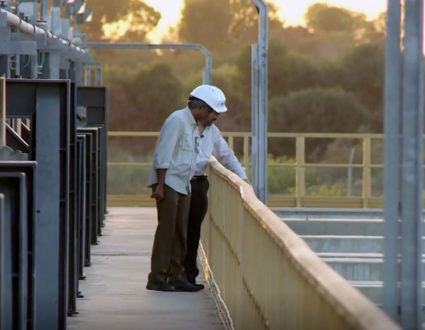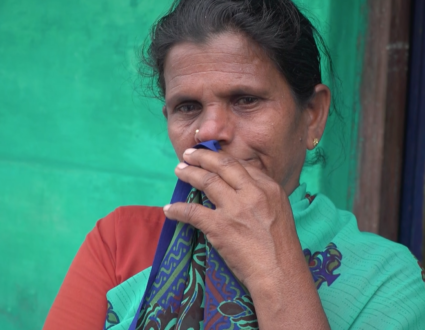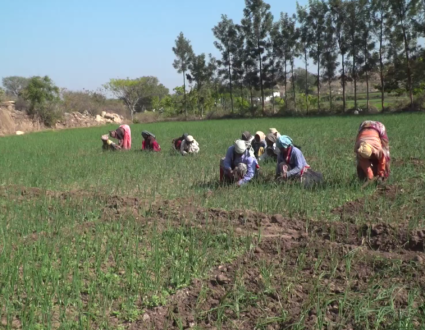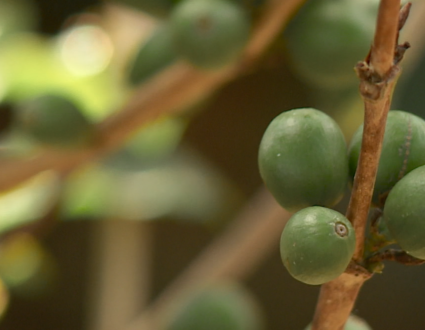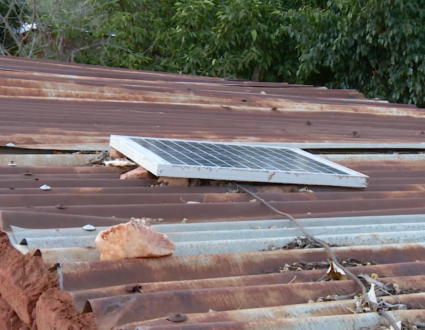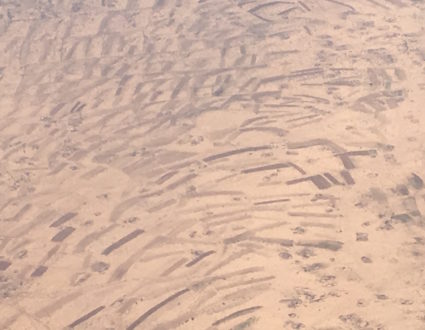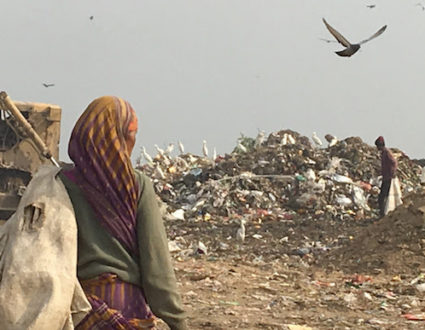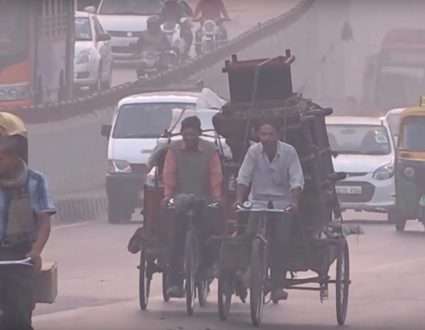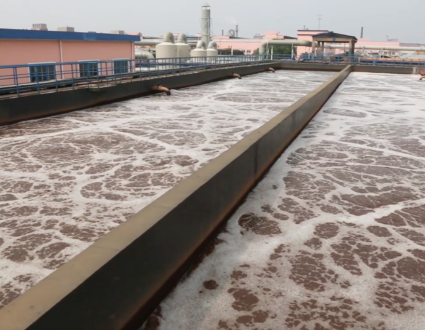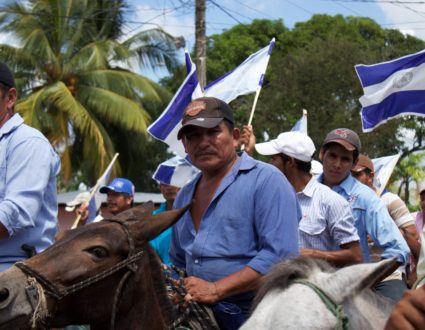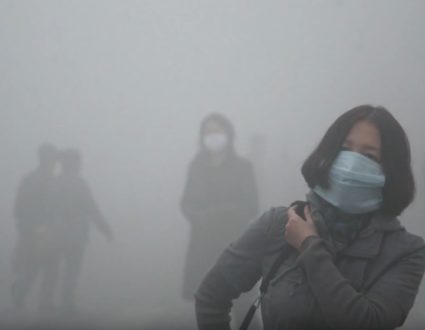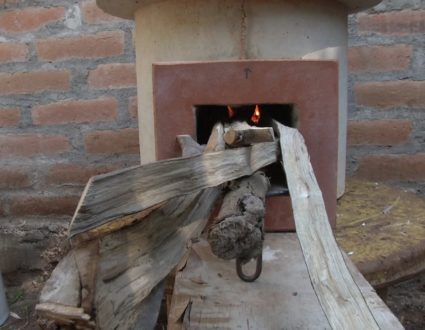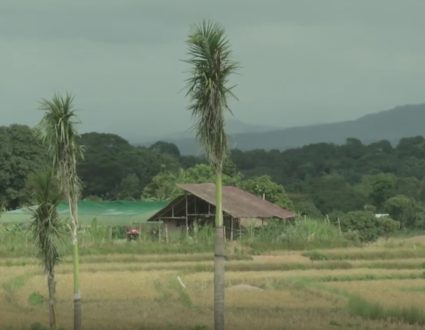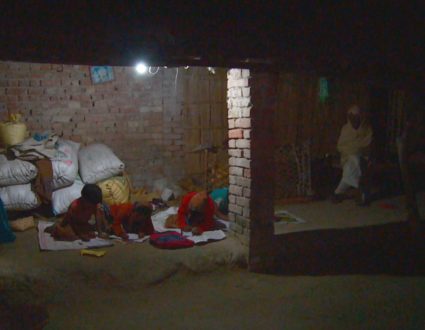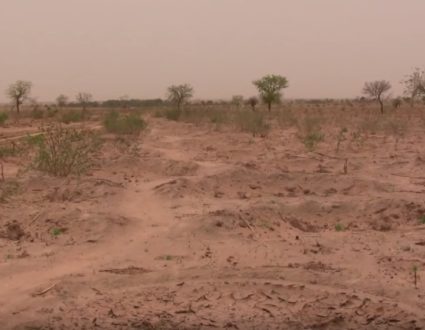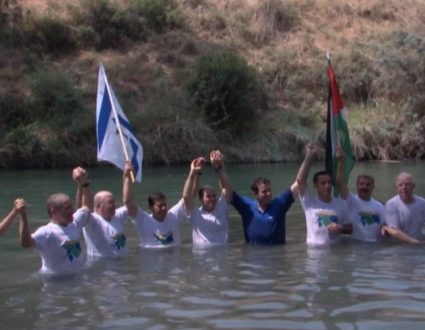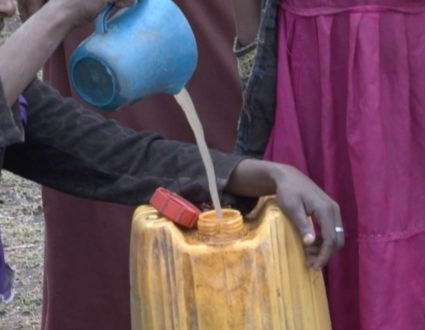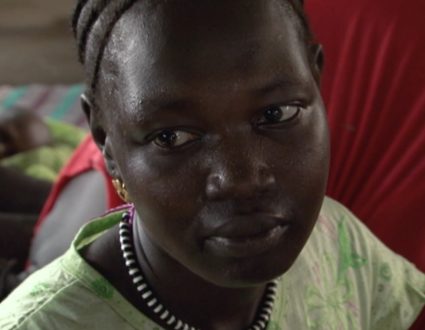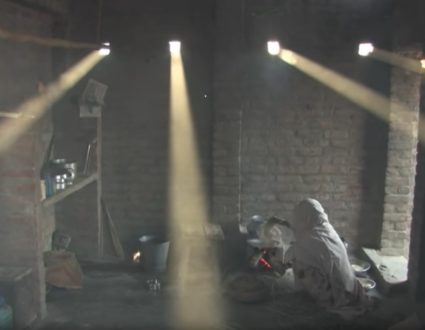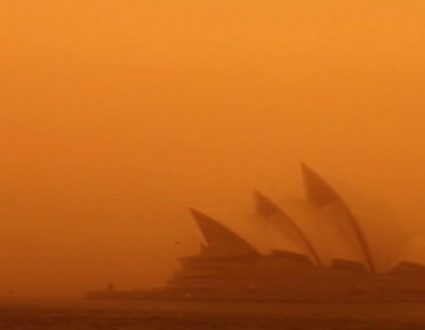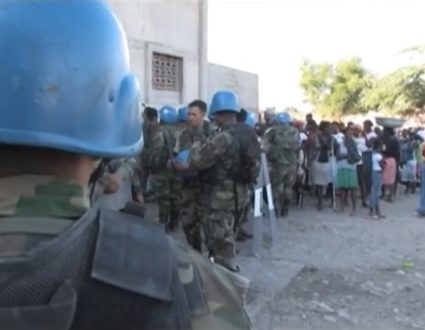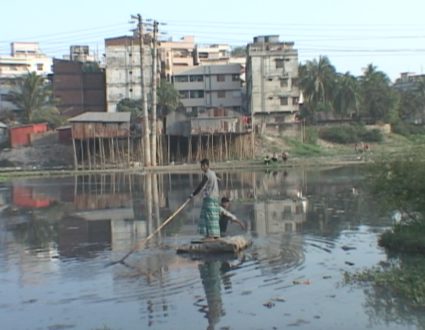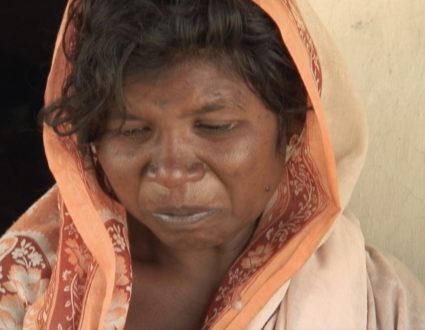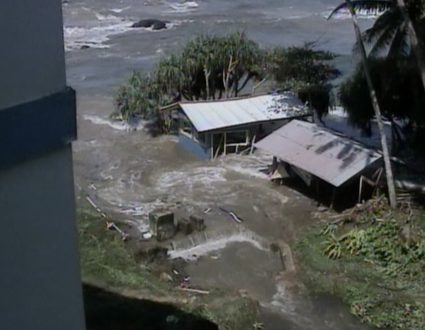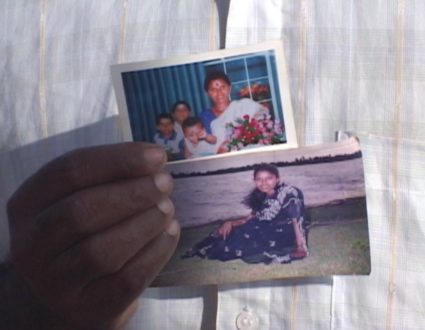- Judy Woodruff:Extreme heat is gripping large parts of India and Pakistan, affecting hundreds of millions of people in one of the most densely populated parts of the world. Temperatures in India’s capital rose above 100 again today,Fred de Sam Lazaro reports from India.
- Fred de Sam Lazaro:May is the hottest month in India, a time when schools are out and kids learn various ways to cope with the stifling heat, like sharing this muddy pond with the water buffalo.
- Shivaram Yadav (through translator):It is too hot inside. The water has stopped coming to our house. My mother told me go to pond and take a bath.
- Fred de Sam Lazaro:For many mothers, the daily routine makes it difficult to escape
- Shakeela Begum (through translator):It’s really hot here. When I cook, I get flashes of heat from the stove. It’s hot even in the shade.
- Fred de Sam Lazaro:Temperatures like these are not unusual for May. But, this year, they came early, really early, and across a much wider swathe of the country
- Urmi Goswami, Economic Times:It is the hottest April in 122 years. March was the hottest March in 122 years.
- Fred de Sam Lazaro:I met Urmi Goswami, a journalist covering climate issues for India’s Economic Times in one of the Delhi’s poorer neighborhoods.
- Urmi Goswami:It is getting hotter. You’re building. There are more cars on the street. There are all kinds of other things that are happening. Water stress is increasing.So, clearly, the factors that add to your discomfort are growing. I mean, just look around. You will kind of housing that you have. It’s not really conducive to any weather.
- Fred de Sam Lazaro:Only about one in 10 Indian households have access to air conditioning, but the sharp spike in electricity demand due to the heat wave has caused rolling blackouts.That stops the ceiling fans, sometimes for hours each day, the one coping mechanism for many lower-income people. The heat has been particularly stressful for those who labor outdoors
- Najimul, Laborer (through translator):I was working every day last week, even though it was making me sick, my eyes were getting red. That’s why I stopped working today.
- Fred de Sam Lazaro:It’s hard to measure the full toll on human health from all of this heat. Several dozen deaths have been reported as a direct result of heatstroke. But that doesn’t take into account the many deaths that go unrecorded and long-term consequences of sustained heat exposure, like cardiovascular disease, respiratory distress, and liver and kidney failure.The government has implemented early weather warnings that have allowed local municipalities to provide shelter, water and relief. But, for many day laborers in India’s economy, to get paid, they have to go to work.
- Raju Kushwaha, Bricklayer (through translator):It’s severely hot. If I work 10 minutes, I have to sit for half-an-hour to take a rest. It’s so severely hot, I feel like I could faint.
- Urmi Goswami:Extreme heat, more than anything else, impacts productivity. And that itself is an issue when it comes to economic output.
- Fred de Sam Lazaro:That’s especially true and worrying in agriculture, where the searing temperatures damaged this spring’s wheat crop.At this market just outside Delhi, farmer Raghubir Singh Khatri showed us the difference between this year’s crop and the last year’s.
- Raghubir Singh Khatri, Farmer (through translator):If it wasn’t for the extreme heat in March, we would have had 20 percent more harvest. The grains are smaller this year. If temperatures were cooler, they would have looked bigger, like these.Suruchi Bhadwal, Energy and Resources Institute: That definitely has an impact on the quality of the production and the nutrition aspect of the wheat. And I think that will affect sale value of the crop itself.
- Fred de Sam Lazaro:Suruchi Bhadwal, a climate scientist at the Energy and Resources Institute in Delhi, says there’s no imminent danger of food shortages. India still has substantial reserve stocks and a free food distribution for low-income households that began during the pandemic.But as India and so many countries lurch from one extreme weather event to the next, Bhadwal says these become ever-louder warnings of a climate catastrophe, absent global action to reduce greenhouse gas emissions.
- Suruchi Bhadwal:No country is spared from the ill effects of the consequences of climate change, whether it’s floods, or cyclones, or tornadoes, or storm surges or heat waves. Today, we are facing it, so we do need very stringent action to make sure that we are not converting this world into an uninhabitable place to live.
- Fred de Sam Lazaro:Yet India’s heat wave illustrates the difficulties countries face in living up to their coals to transition to cleaner energy, says journalist Goswami.
- Urmi Goswami:Look what happens as the first sign of a crisis. You go running back to what you know best to meet your demand, what you can do quickly.
- Fred de Sam Lazaro:Which is coal.
- Urmi Goswami:Which is coal.Is the transition easy? No. Is it necessary? It’s essential. It’s critical.
- Fred de Sam Lazaro:Today, 70 percent of India’s power supply comes from coal, and it’s had to step up production and imports of the polluting fuel to cope with the surge in heat wave-driven demand.On a more hopeful note, the June monsoon is forecast to be normal this year. For a billion people across the subcontinent, June and that rain cannot come quickly enough.For the “PBS NewsHour,” I’m Fred de Sam Lazaro in New Delhi.
- Judy Woodruff:And a note that Fred’s reporting is a partnership with the Under-Told Stories Project at the University of St. Thomas in Minnesota.
Hottest Temperatures
in 122 years
Extreme heat is gripping large parts of India and Pakistan, affecting hundreds of millions of people in one of the most densely populated parts of the world. It’s hard to measure the full toll on human health from the region’s historic heat wave. Several dozen deaths have been reported as a direct result of heatstroke. But that doesn’t take into account the many deaths that go unrecorded and long-term consequences of sustained heat exposure, like cardiovascular disease, respiratory distress, and liver and kidney failure.




